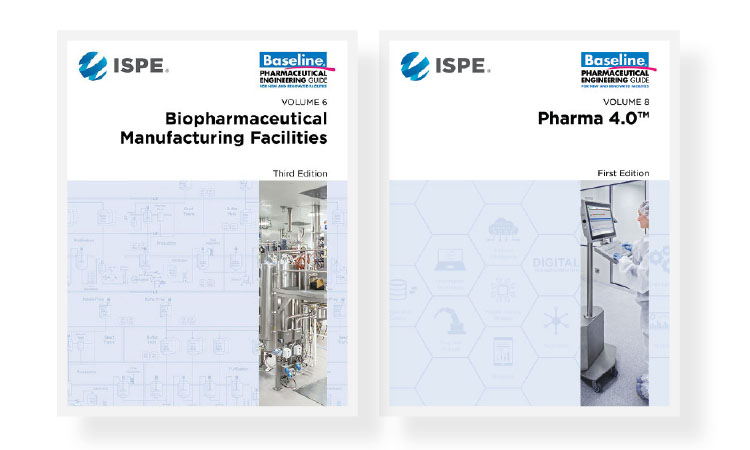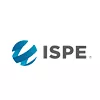The revision also includes new topics and details regarding quality risk management, contamination control strategies, and the impact of closed processes on facility design. “The significant updates to the guide are centered around alignment of process closure, contamination control, and operations with a continued focus on product protection and risk mitigation,” said Guide Co-lead Jeffrey Odum, Practice Leader for ATMPS and Biologics at Genesis AEC.
“I think this guide explores those topics more thoroughly than any other guide or industry publication I know of,” Odum said. “The topics covered in this guide raise the bar and expand the body of knowledge for the industry. It should serve as a significant resource for companies developing new man-ufacturing assets and strategies.”
The guide provides individuals and teams with tools to make informed decisions about layouts, area classifications, segregation strategies, project delivery approaches, and operational approaches, all aimed at creating compliant and cost-effective biomanufacturing facility assets.
“The tools and practices detailed in the guide apply to bio-pharmaceutical drug substance manufacturing, for both clinical and commercial scale, including large molecule [biologics] active pharmaceutical ingredients used in various biopharmaceutical products,” said Guide Co-lead Brian Pochini, Principal Engineer at Sanofi.
“This guide should help to ensure a compliant approach aligned with current GMP guidance defined under 21 CFR Part 211 Current Good Manufac-turing Practice for Finished Pharmaceuticals, EudraLex Volume 4 Annex 2, PIC/S Guide to Good Manufacturing Practice for Medicinal Products Annexes, and other globally recognized design and operational guidance.”
NEW PHARMA 4.0™ GUIDE
The new ISPE Baseline® Guide: Volume 8 – Pharma 4.0™ provides approaches for realizing lasting digital technology transformations. It contains tools and advice for companies to help them achieve their digitization and financial goals while maintaining and improving product quality and meeting regulatory requirements and expectations.
In addition, this guide outlines various starting points, prerequisites, governance structures, and strategies for achieving transformational success tailored to an organization’s size, risk tolerance, flexibility, and maturity level.
“Pharma 4.0™ is a business transformation, not an IT project. As the pharmaceutical industry matures, it needs to evolve to operate in a volatile, uncertain, complex, and ambiguous world efficiently and effectively,” said Guide Co-lead Christian Wölbeling.
“Applying emerging and digital technologies can lead to more robust and flexible manufacturing processes, which in turn can help the pharmaceuti-cal industry respond to drug shortages, reduce interruptions in production and delivery of medicines, and ensure consistent clinical performance of products, among other benefits. This guide would be beneficial to any stakeholder involved in digital business transformation, from top C-level manage-ment to operators.”
The guide describes areas of potential application for digital transformation and how to combine these with the high-level principles of Pharma 4.0™. Namely, what to consider when implementing a holistic control strategy in supply chain, manufacturing and packaging, validation, maintenance and engineering, automation, and quality, underpinned by a robust and flexible workforce.
A repository of technology definitions and technical principles, this guide also includes 35 real-world case studies to guide organizations that want to explore similar digital transformation opportunities. Companies can greatly benefit from the Pharma 4.0™ Maturity Model and Assessment Tool, which helps organizations monitor their transformation journey progress. It is a valuable resource for any size company to begin, reinvigorate, or advance their transformation journey.
Learn More

Meet the ISPE Staff: Alexis Thomas

In each issue of Pharmaceutical Engineering®, we introduce a member of the ISPE staff who provides ISPE members with key information and services. Meet Alexis Thomas, Senior Chapter Relations Coordinator in Member Services.
Tell us about your role at ISPE: What do you do each day?
Being the dedicated Senior Chapter Relations Coordinator of ISPE’s Member Services team, I orchestrate Affiliate and Chapter relations daily, ensuring they all align seamlessly with ISPE’s global initiatives. As the guardian of ISPE’s Affiliate and Chapter ecosystem, I handle inquiries and concerns, keeping our Chapters updated with the latest information and promotions while ensuring compliance with ISPE’s charter policies. Acting as a bridge between headquarters and Chapters, I facilitate a smooth flow of information, overseeing website management, providing membership reports, and showcasing local events globally. My event-planning skills shine in quarterly Regional Council meetings.
What do you love about your job?
I love meeting other passionate individuals at our conferences. My commitment to helping pharmaceutical professionals navigate their journey is reflected in every task I do. Knowing my day-to-day work is a piece of a larger puzzle that shapes the future of pharmaceutical engineering brings me immense satisfaction.
What do you like to do when you are not at work?
Beyond ISPE, I am a freelance, internationally published makeup artist and a dedicated full-time mom. I invest time in honing my artistic talents and supporting my children’s endeavors. Away from work, you might also find me on Florida’s beaches, embracing the therapeutic touch of vitamin D.






